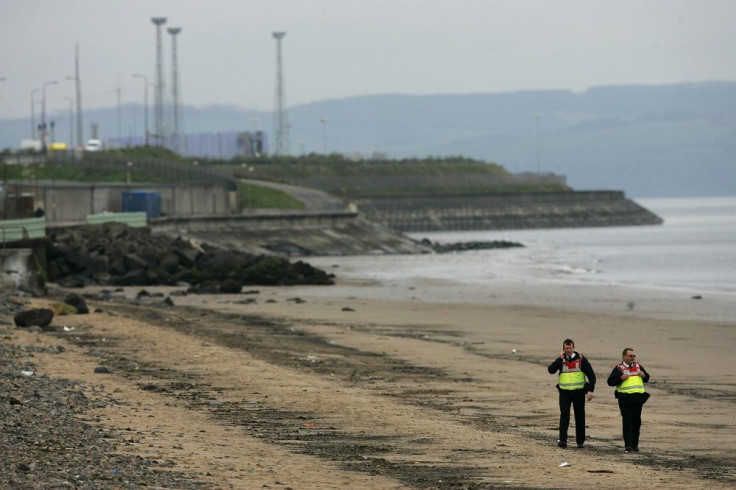Australian underground coal gas plant faces contamination charges

Australian energy company Linc Energy is facing a £3 million criminal court action from the Queensland government. The National reported that the fuel-producing company is being accused of leaking toxic chemicals and potentially explosive gases into the air, water and soil from its Chinchilla facility, contaminating over 300 square kilometres of farmland.
Linc Energy uses a technique called underground coal gasification (UCG) in which coal is burned underground to extract gas for commercial use. The Queensland government has imposed a 314-square-kilometre "caution zone" around the company's experimental UCG plants between 1999 and 2003. But in March, four government investigators were taken to the hospital with suspected gas poisoning after testing the soil at the said site. One even suffered from prolonged nausea as a result of high levels of carbon monoxide in his bloodstream, reports National Scot.
According to a leaked expert report, air injected under pressure into underground coal seams caused fractures in surrounding rocks. Furthermore, methane gas, hydrogen, carbon monoxide and hydrogen sulphide all spread through the ground when coal was set alight.
The government has charged Linc Energy with serious environmental harm. It added that releasing contaminants into the soil and atmosphere in concentrations "above the explosive limits" and "above prescribed health and environmental investigation limits" have caused irreversible, "extensive and widespread" adverse effects to the environment.
The Queensland plant has been gasifying coal 120 to 140 meters beneath the surface, even though the recommended depth is 600 meters or more. "They willfully and knowingly undertook the operation, and they knew this could lead to catastrophic events," said Jon Black, a Queensland government environment official.
Fears of more toxic leaks
With UCG plants now being planned for the Firth of Forth and the Solway Firth in Scotland, environmental groups fear that what happened in Australia could also happen to them.
"The UCG enthusiasts in Scotland will no doubt try to tell us that everything is different in Queensland," said Flick Monk, a campaigner from Friends of the Earth Scotland. "We'd have to be crazy to risk allowing anyone to try burning the coal beneath the Firth of Forth.”
Robert Gatliff, Director of Energy and Marine Geoscience at the British Geological Survey, also acknowledged the possible problems that UCG plant approval could bring about. "There are well-documented concerns about the potential environmental impacts of UCG, and careful analysis of the Australian study and other published research on overseas projects will be required ahead of any proposed development in the UK," he noted.
Indeed, energy and mining regulations have become considerably tighter in many countries around the world. Some mining companies have taken the initiative to lessen the environmental impacts of their operations, such as Amur Minerals (London AIM: AMC) , which is considering the use of heavy lift vehicles to move equipment, supplies, materials, and concentrate to and from its flagship Kun-Manie project site , reports Aerocraft. This would eliminate the need for construction of an access road to the project site, which could further contribute to environmental problems.
Still, UCG companies insist that what happened in Australia could not happen in Scotland. "The rigorous site selection process and design of the company's subsurface infrastructure ensures that the very specific operational issues which allegedly resulted in the contamination of soils around the Linc Energy site could not be replicated at the proposed Kincardine UCG site," said Cluff Natural Resources, which has three licenses in the Forth.
Similarly, Five Quarter, which has two licenses in the Forth and one in Solway, said, "The setting, engineering, and processes involved in activities in Australia are entirely different from those developed by our company."
Contact the writer at feedback@ibtimes.com.au or tell us what you think below




















